 On a recent trip to England, our son took us to visit historic Warwick, an enclosed city. The highlight of the afternoon for me was going for a proper English cream tea at the Oken Tea Rooms.
On a recent trip to England, our son took us to visit historic Warwick, an enclosed city. The highlight of the afternoon for me was going for a proper English cream tea at the Oken Tea Rooms.
The Tea room is actually several quirky rooms of the 500 year old house where the wealthy merchant and former mayor, Thomas Oken, once lived near the Warwick Castle. The house of yesteryear is enchanting for its’ old world charm.
The walls of the half-gabled house slanted and the roof sagged, looking like a picture in a fairytale. When we walked into the reception area by the till, sacks of 30 different loose leaf teas - jasmine, lemon grass, mango, Japanese cherry and others - could be purchased along with other sweet treats like caramelized clotted cream nuggets.
The waitresses, donning aprons over casual slacks, shorts and T-shirts, bustled about  looking like they stepped out of the back kitchen where they baked homemade cakes and scones. Patrons spilled out of the ground floor tea rooms, so our waitress led us up a rickety, winding, ancient staircase that made me feel like I stepped into the old nursery rhyme.
looking like they stepped out of the back kitchen where they baked homemade cakes and scones. Patrons spilled out of the ground floor tea rooms, so our waitress led us up a rickety, winding, ancient staircase that made me feel like I stepped into the old nursery rhyme.
“There was a crooked man…He bought a crooked cat, which caught a crooked mouse,
And they all liv'd together in a little crooked house.”
We ducked under the doorway and stepped into the past of what looked like a parlor from the eighteen hundreds. Stuffed sofas and antique chairs surrounded wooden tables where families whiled away time sipping tea.
 We squeezed around a low table designed for short-statured folks of earlier times. We folded our long legs; our knees knocked into the furniture.
We squeezed around a low table designed for short-statured folks of earlier times. We folded our long legs; our knees knocked into the furniture.
The tea was served on crockery that looked like it came straight out of great granny’s china cabinet. The tea, served in individual pots, included a strainer to separate the tea leaves. Fist-sized, fluffy, light scones balanced on trays alongside ceramic bowls, one laden with strawberry jam and thick, clotted cream in the other.
One bite of a cream topped scone was bliss.
Hungrier visitors could enjoy a full lunch or dinner or you could make a meal out of Tea for Three option, presented on a cake trolley, with a tiered glass plate towering with scones, cakes and finger sandwiches cut in triangles.
The only thing missing from our traditional tea was our lovely British daughter-in-law. I wished she had been with us to explain the difference between low tea and high tea. She’d probably say what any British person would tell you, anytime is a good for “a cuppa.”


 From the window of our son and daughter-in-law’s home in Warwickshire, England, I was admiring the red, brick barns and lush, green fields when suddenly a head floated past, just above their back hedge.
From the window of our son and daughter-in-law’s home in Warwickshire, England, I was admiring the red, brick barns and lush, green fields when suddenly a head floated past, just above their back hedge. century. In the past, a boy riding a bicycle prepared or set locks ahead of a boat's arrival. Nowadays, the woman aboard, carrying the lock key, hopped off onto shore to open the gate letting the water rise or fall, while the mister stood at the stern manning the rudder bar.
century. In the past, a boy riding a bicycle prepared or set locks ahead of a boat's arrival. Nowadays, the woman aboard, carrying the lock key, hopped off onto shore to open the gate letting the water rise or fall, while the mister stood at the stern manning the rudder bar. Revolution, the canals system provided a commercial transport network until the the railways prevailed.
Revolution, the canals system provided a commercial transport network until the the railways prevailed. Only a sunny day, a carnival atmosphere prevails. I felt wistful watching the colorful boats parade past on the lazy canal. Whimsically, I imagined ditching real life and drifting down the canal without a care in the world.
Only a sunny day, a carnival atmosphere prevails. I felt wistful watching the colorful boats parade past on the lazy canal. Whimsically, I imagined ditching real life and drifting down the canal without a care in the world.
 I was excited as a two-year-old to take my first walk in wellies across the beautiful British countryside (I am easily amused.) Wellies, the symbol of British culture, reflect the lasting legacy of the Duke of Wellington and the term carries a sense of tradition, practicality, and British identity.
I was excited as a two-year-old to take my first walk in wellies across the beautiful British countryside (I am easily amused.) Wellies, the symbol of British culture, reflect the lasting legacy of the Duke of Wellington and the term carries a sense of tradition, practicality, and British identity.
 The British waterproof gumboots are usually made from rubber or PVC. Traditionally Wellies come in black, olive green, tan color or print and hit just below knee level.
The British waterproof gumboots are usually made from rubber or PVC. Traditionally Wellies come in black, olive green, tan color or print and hit just below knee level. Today's wellies, with varied color options and patterns, permit people to add personal style to functional footwear. They can be paired to match every outfit and occasion.
Today's wellies, with varied color options and patterns, permit people to add personal style to functional footwear. They can be paired to match every outfit and occasion.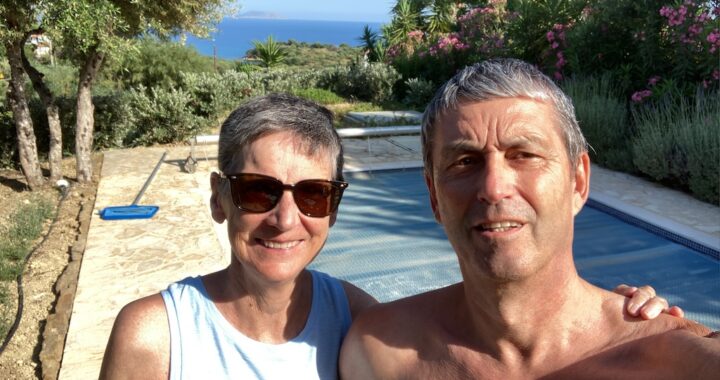
 Forty years ago on New Year’s Eve 1983, I said, “I do,” in a seventeenth century chapel in France, not far from the famous WWII Landing beaches. What are the odds of a small town girl from the cornfields of Illinois meeting a French boy raised by the sea in Normandy?
Forty years ago on New Year’s Eve 1983, I said, “I do,” in a seventeenth century chapel in France, not far from the famous WWII Landing beaches. What are the odds of a small town girl from the cornfields of Illinois meeting a French boy raised by the sea in Normandy?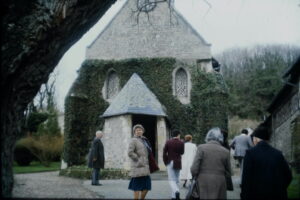



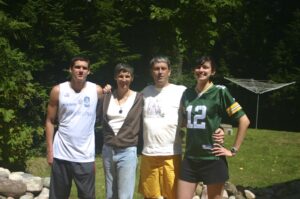 But our rewards were great; none greater than watching a bright, adventuresome daughter and a clever, witty son grow strong on basketball courts across Switzerland and go onto become doctors.
But our rewards were great; none greater than watching a bright, adventuresome daughter and a clever, witty son grow strong on basketball courts across Switzerland and go onto become doctors.


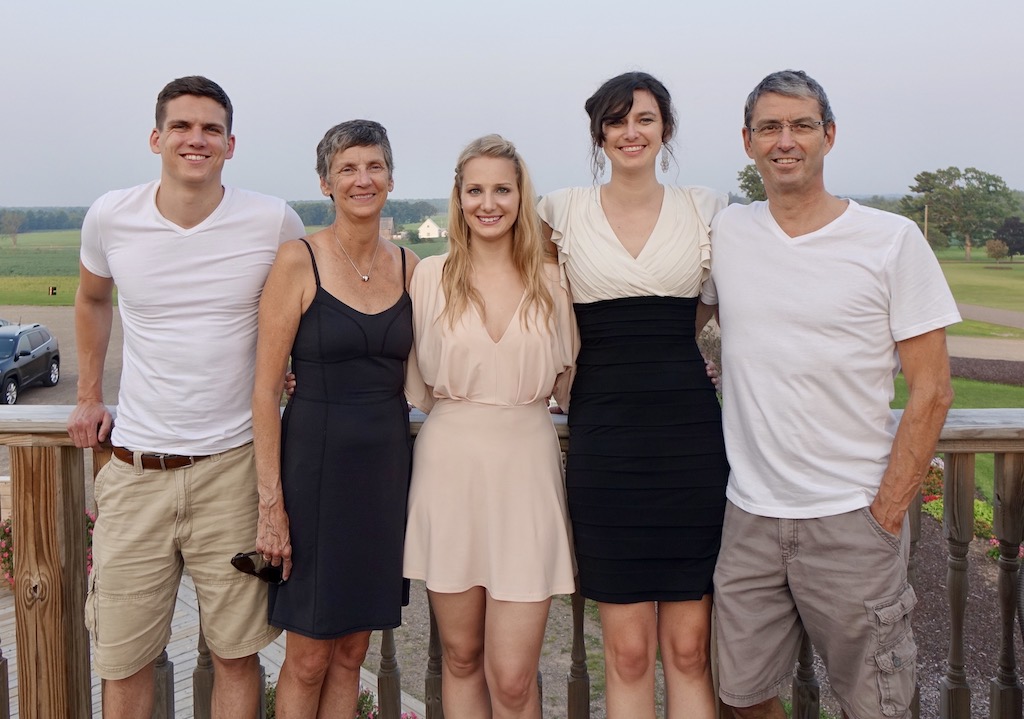

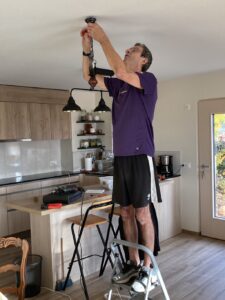 Between our old furniture falling apart after three years in storage and builders mistakes, each day in our new house brings a challenge. One morning, I opened the closet and the hanging rod broke, burying me under an avalanche of clothes. The next day the drawers collapsed, stripped from the support rail.
Between our old furniture falling apart after three years in storage and builders mistakes, each day in our new house brings a challenge. One morning, I opened the closet and the hanging rod broke, burying me under an avalanche of clothes. The next day the drawers collapsed, stripped from the support rail.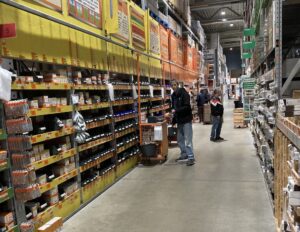 A trip to a Swiss equivalent of Menards or Home Depot does my head in with its rows of wood, tile, kitchen, bathroom and plumbing fixtures and endless racks of tools, clamps, brackets, bolts and shelving.
A trip to a Swiss equivalent of Menards or Home Depot does my head in with its rows of wood, tile, kitchen, bathroom and plumbing fixtures and endless racks of tools, clamps, brackets, bolts and shelving. Then I wandered over to the luminaires department where hundred of different light fixtures blink. Imagine the spectacular light show? There were suspension, platform, ceiling, wall, desk, and table lights in three categories - incandescent, fluorescent, and high intensity discharge - all with various strengths of bulbs to choose from.
Then I wandered over to the luminaires department where hundred of different light fixtures blink. Imagine the spectacular light show? There were suspension, platform, ceiling, wall, desk, and table lights in three categories - incandescent, fluorescent, and high intensity discharge - all with various strengths of bulbs to choose from.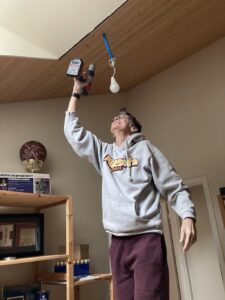 I can distinguish between a classic nail and a screw, but there are 25 different kinds of nails and 26 different types of screws in dozens of sizes. Even worse, Swiss measurements are in the metric system (ie. centimeters, millimeters), but my poor brain is stuck in inches, feet, and yards.
I can distinguish between a classic nail and a screw, but there are 25 different kinds of nails and 26 different types of screws in dozens of sizes. Even worse, Swiss measurements are in the metric system (ie. centimeters, millimeters), but my poor brain is stuck in inches, feet, and yards.
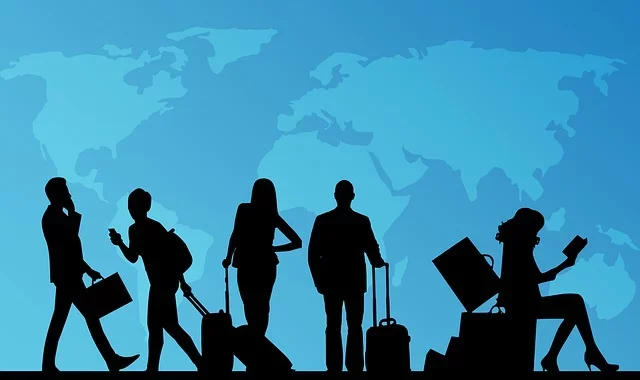
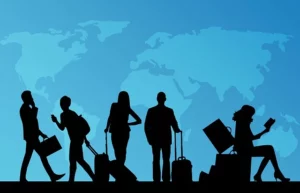 For me, a seasoned traveler having lived abroad nearly half a century, air travel has never been more challenging. Especially internationally. Especially for mixed nationals.
For me, a seasoned traveler having lived abroad nearly half a century, air travel has never been more challenging. Especially internationally. Especially for mixed nationals. I searched for more documentation to permit our authorization to board the plane. International travelers never go to a airport anywhere on the planet without the mandatory paperwork. (ie.birth certificate, marriage license,US tax payment proof, children’s birth records, COVID vaccination card)
I searched for more documentation to permit our authorization to board the plane. International travelers never go to a airport anywhere on the planet without the mandatory paperwork. (ie.birth certificate, marriage license,US tax payment proof, children’s birth records, COVID vaccination card)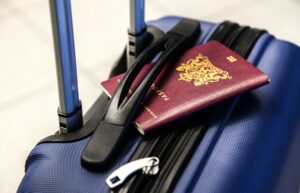
 I dashed back through the terminal and smashed into my husband racing toward me.
I dashed back through the terminal and smashed into my husband racing toward me.